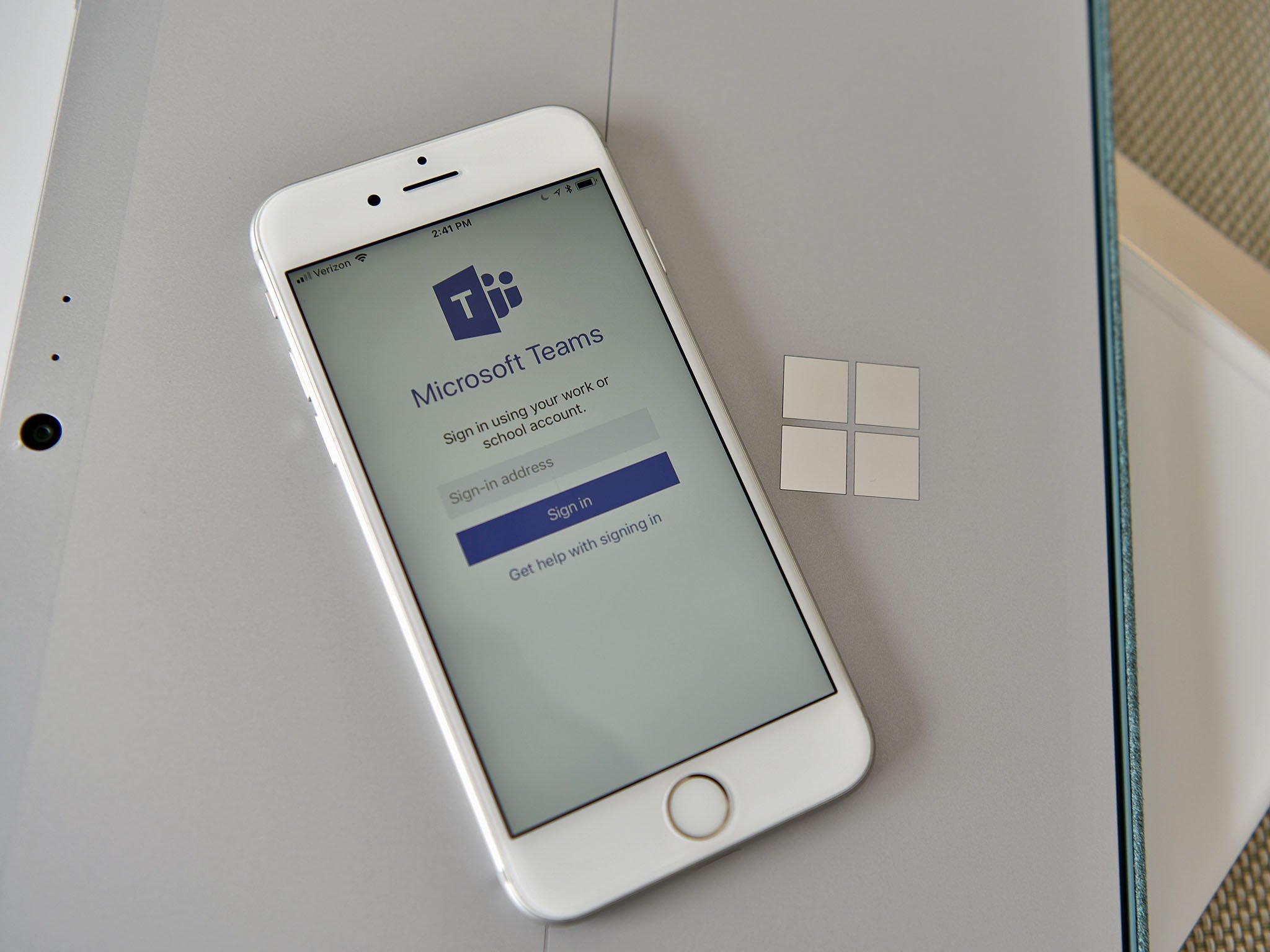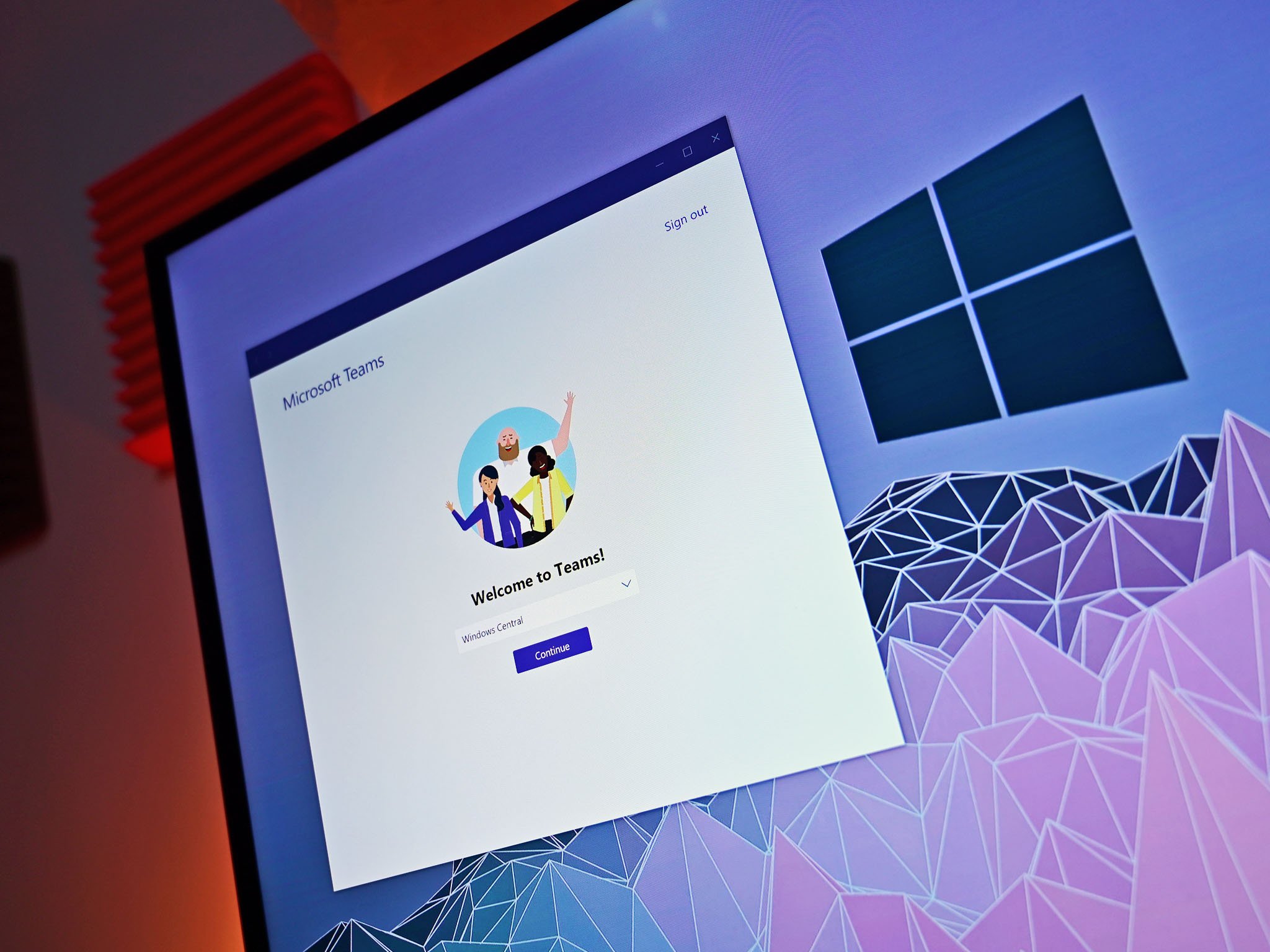In a year of virtual meetings and classrooms, Microsoft's investment into Teams paid off.
2020 was the year Zoom became a verb. It was the year virtual meetings became the norm, and virtual classrooms were the go-to method of teaching. While Zoom stole the headlines and became the app of choice for many people when it comes to video conferencing, Microsoft Teams took off in 2020.
In just about any way that you measure it, Microsoft Teams had a monstrous year. Its feature list grew, its usage rates skyrocketed, and it gained a sense of normalcy in the eyes of the public. That growth came as a result of an unprecedented pandemic and Microsoft investing time, money, and effort to meet an almost unreal demand for video conferencing.
More features
While Teams has been around since 2017, it didn't take off until this year. That's true in both feature set and usage rate. At the start of 2020, grid view in Teams calls could only show four people at once. You can now show up to 49 people in Teams meetings at once. Microsoft also increased the maximum participant count for meetings up to 300, and rolled out new features like Together Mode and Gallery view.
Breakout rooms will make a training session more interactive ... I think they'll transform how I teach."
Every month Microsoft shares a summary of all of the new features that rolled out in the previous month, and every month that list includes a meaningful set of changes and improvements. As a news writer who has covered quite a few app updates in my day, it's clear that these aren't just bug fixes and bog-standard updates to keep an app secure. Microsoft is clearly investing in Teams as a service.
Teams hasn't always been the first video conferencing app to get new features, but Microsoft has worked hard to make the platform noticeably better, and that investment is paying off.
Breakout rooms are a relatively new feature to Teams but are a great example of Microsoft improving the platform. Again, Teams wasn't the first app to have breakout rooms, but adding them makes the it much more useable.
My sister-in-law, Lyd Freeman, is a teacher and uses Teams for work. Lyd followed the rollout of breakout rooms closely since it could make a substantial difference in online learning. When it finally rolled out, Lyd jumped on it right away and her office tested it out during a holiday party. Lyd says that "Breakout rooms will make a training session more interactive, replacing that awkward silence of everyone just watching you talk in a meeting. I think they'll transform how I teach."
Users on the rise
Teams' biggest area of growth is in terms of users. The service gained nearly 100 million daily active users year over year and became a mainstay of corporate communication and online learning.
In November 2019, the daily active user count of Teams was 20 million, a figure that seems paltry now. By March 2020, that number was up to 44 million. March was the first month of major lockdowns in many regions, and from March to April the daily active user count jumped from 44 million to 75 million. Microsoft last shared Teams usage figures in October when it stated that Teams hit 115 million daily active users.
It's easy to write off Teams gaining more users as a byproduct of everyone having to use video conferencing tools, but there are plenty of tools to choose from, and people chose Teams. That's for a variety of reasons, including the fact that it's bundled with Microsoft 365, but the bottom line is that people are using Teams.
Being recognized
This last point is anecdotal, but in my experience, Microsoft Teams became normal in 2020. Back in May, I wrote about how Microsoft Teams changed my football team during the pandemic. My football team has continued to use Teams since then, and it's become even more important as the UK goes in and out of lockdown.
Having a consistent platform through which to teach and communicate has been an incredible resource, and I've noticed that people are better at jumping into our Teams organization than before. While many people had heard of Teams when we swapped to it at the beginning of the year, it feels more normal now. I get a lot of messages from prospective players, and after it's clear they want to join the team, I ask for their email so I can add them to Teams. Almost without fail, there are no follow up questions. In almost all cases, they've heard of it, used it, and know how to set it up.
Only the beginning
While Teams skyrocketed in 2020, I don't think that its growth is an anomaly. While we might have a return to in-person work and education, the toothpaste is out of the tube, and virtual communication is here to stay. I expect Microsoft to roll out new features for Teams in 2021 and beyond and for its user base to grow.
Microsoft Teams
Microsoft Teams allows you to collaborate with colleagues, upload files, send messages, and chat through video. It integrates with Office 365 and several other cloud services.
via https://AiUpNow.com January 3, 2021 at 09:08AM by Sean Endicott, Khareem Sudlow,





